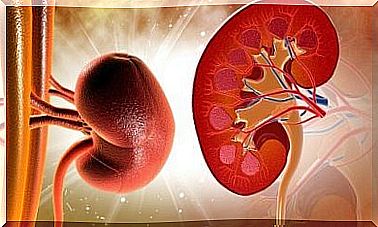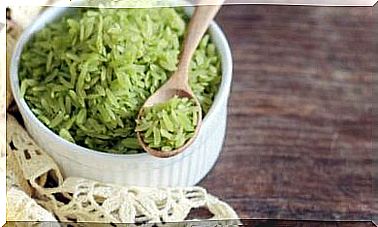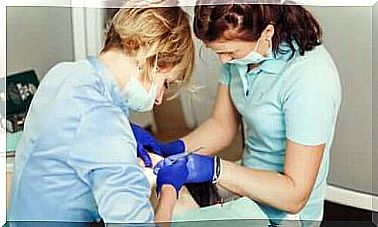6 Natural Remedies To Deal With Cystic Acne
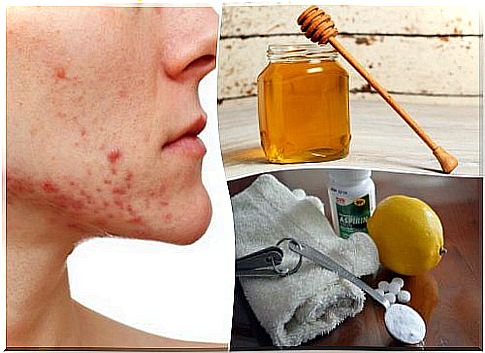
Cystic acne is a skin condition that goes far beyond the normal acne that teens and adults suffer from.
This is a chronic problem that occurs when the sebaceous glands are damaged due to pollution and bacteria.
Its appearance tends to generate self-esteem problems in those who suffer from it because, in addition to being more conspicuous, it usually leaves spots and scars that are difficult to remove.
The problem is, a lot of people don’t treat it the right way and very often they try to squeeze pimples with their fingers or needles.
This not only increases the inflammation of the skin, but also generates aggressions which make the repair process difficult.
In order to avoid this, today we want to give you 6 natural remedies which, thanks to their properties, are ideal for reducing this problem.
Discover them!
1. Coconut oil
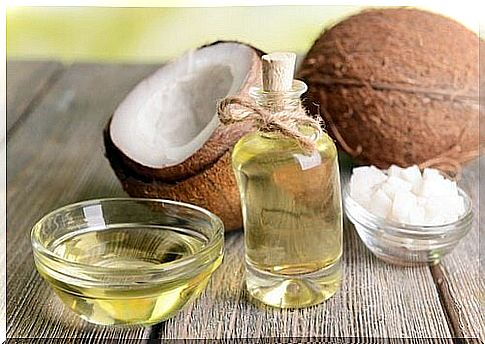
Coconut oil is one of the most recommended natural cosmetics for the prevention and treatment of cystic acne.
It has antimicrobial, moisturizing and restorative properties that help improve the appearance of the skin while reducing the presence of pimples and blemishes.
How to use it ?
- Take a small amount of organic coconut oil and apply it as a mask on the affected areas.
- Leave on without rinsing and repeat the application every night.
2. Bee honey
The antibiotic and anti-inflammatory properties of honey have been used for hundreds of years as a supplement to treat acne.
Its regular use keeps the pores clean, free of impurities and grease while helping to regulate the activity of the sebaceous glands.
How to use it ?
- Apply a small amount of honey to the acne affected areas and leave on for 30 minutes.
- Then rinse with lukewarm water and dry with a soft cloth.
- Repeat the application every day until your skin improves.
3. Apple vinegar
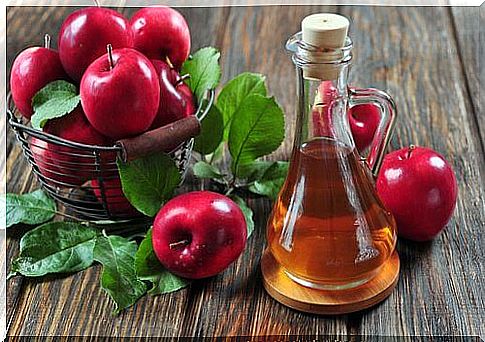
Apple vinegar is one of the best natural treatments for cystic acne skin.
Its natural acids help regulate skin pH while reducing excess fat production and bacteria.
How to use it ?
- Mix equal parts apple vinegar and water and rub the mixture on the acne pimples using a cotton ball.
- Use it every day, twice a day.
4. Aloe vera
Daily application of aloe vera to the skin helps accelerate its recovery in acne cases while preventing the appearance of scars, spots or wrinkles.
This plant has moisturizing and antioxidant properties that stimulate cellular work for optimal regeneration.
How to use it ?
- Extract the gel from an aloe vera leaf and apply it to all areas of the affected skin.
- Let it dry for 30 minutes and then rinse it off with lukewarm water.
- Repeat the treatment every night before going to bed.
5. Turmeric
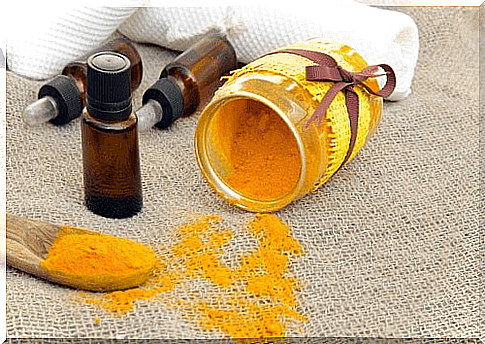
Turmeric has antibacterial and antioxidant properties that can help treat chronic acne.
Its external application reduces the presence of impurities in the pores and deflates pimples to make them less visible.
How to use it ?
- Moisten some turmeric powder with water or sesame oil and then, after getting a paste, apply it until it covers the affected areas.
- Leave on for 30 minutes then rinse.
- Repeat the treatment, at least 3 times a week.
6. Aspirin for cystic acne
Although we have limited the use of aspirin to treating pain, this drug has some interesting benefits for the skin.
Its high salicylic acid content helps reduce acne while providing a protective effect against toxins and sun rays.
Its external use eliminates dead cells, calms inflammation and balances the activity of the sebaceous glands.
How to use it ?
- Crush several aspirins and moisten them with a little water or lemon juice.
- Rub the product on acne pimples and leave on for 30 minutes.
- Rinse off with lukewarm water and repeat the application 3 times a week.
- Make sure to use it in the evening to avoid unwanted side effects from contact with the sun.
Has cystic acne become your worst nightmare? Choose one of these natural remedies and add it to your beauty routine to combat this problem.
Avoid mixing several treatments at the same time so as not to run the risk of suffering from adverse reactions.


